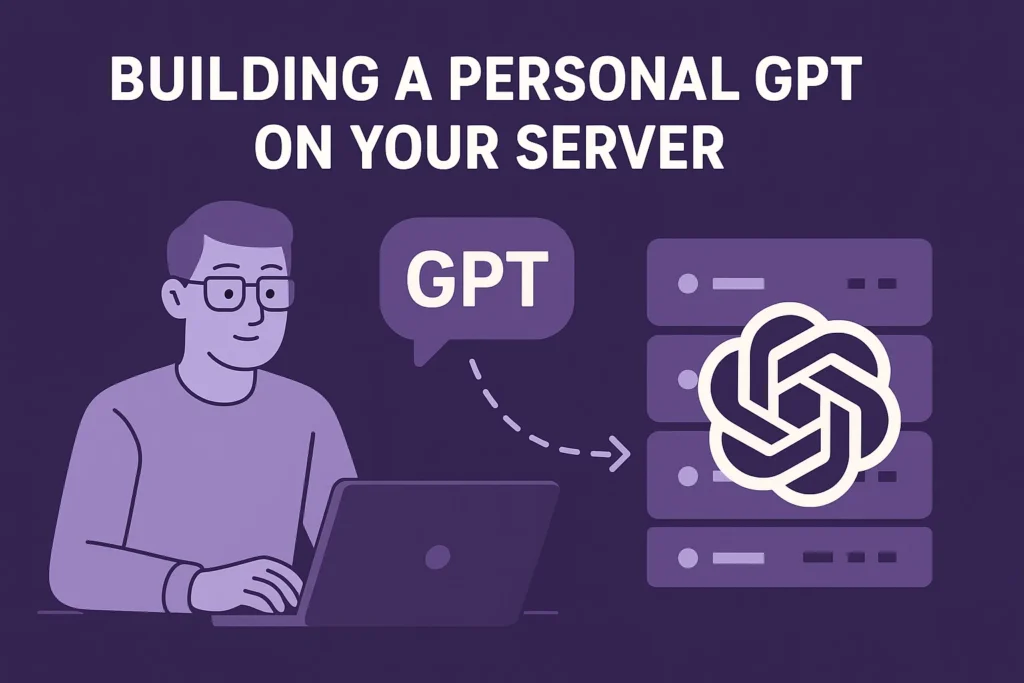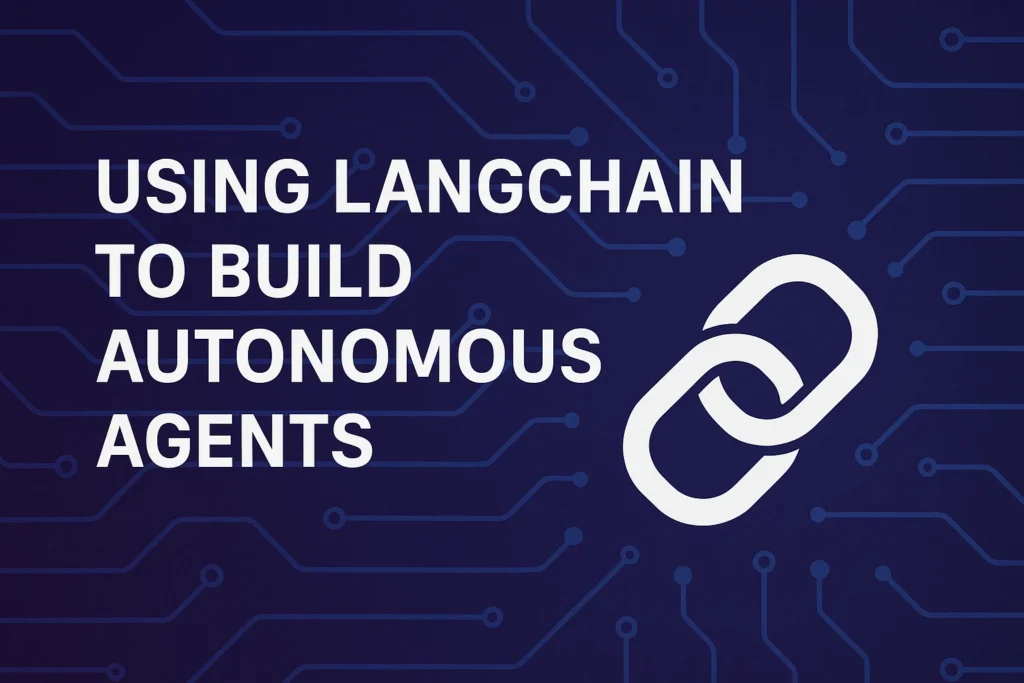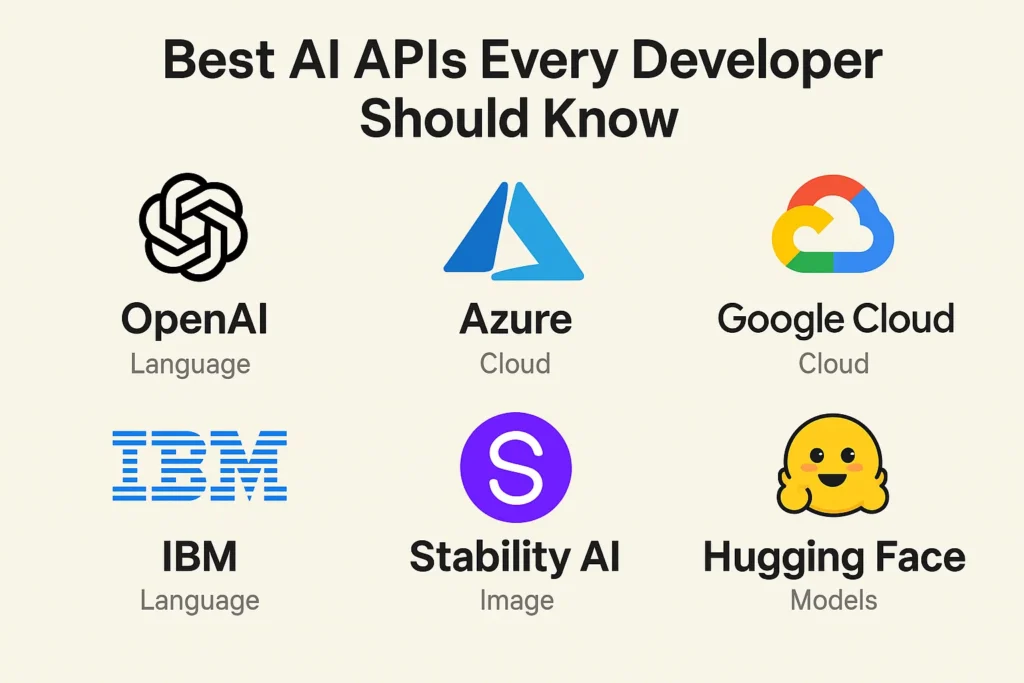🔥 Introduction
At AiBlogQuest.com, we’re always exploring how AI can be personalized for creators, developers, and businesses. One exciting trend in 2025 is running your very own personal GPT on your server. Unlike cloud-hosted models, a personal GPT gives you full control over data privacy, customization, and cost efficiency. Let’s dive into how you can set up a GPT that works exclusively for you.
🛠️ Step 1: Choose the Right Model
There are many open-source large language models (LLMs) you can deploy as your personal GPT. Popular options include:
-
LLaMA 2 (Meta)
-
Mistral 7B / Mixtral
-
Falcon LLM
-
GPT-J / GPT-NeoX
Pick a model based on your hardware and performance needs.
⚡ Step 2: Hardware or Cloud Setup
To run a personal GPT, you’ll need either:
-
A powerful local server with GPU (NVIDIA RTX 3090+ recommended)
-
Or a cloud GPU instance (AWS, GCP, Lambda Labs, RunPod)
If privacy is critical, stick to on-premises deployment.
📦 Step 3: Install Frameworks
Use frameworks that make LLM deployment easier:
-
LangChain – for building applications on top of your GPT
-
Ollama – simple local model deployment
-
Text Generation WebUI – interactive GPT interface
-
Hugging Face Transformers – model management
🧠 Step 4: Fine-Tune Your GPT
To make your personal GPT truly yours, fine-tune it on:
-
Your company documents
-
Personal notes
-
Domain-specific data
This ensures your GPT understands your unique style and requirements.
🔗 Step 5: Add Memory With Vector Databases
Integrate a vector database (like Pinecone, Weaviate, or ChromaDB) so your GPT remembers context and retrieves relevant data dynamically.
🎤 Step 6: Add Voice & Chat Interfaces
Enhance usability by connecting your GPT with:
-
Speech-to-text (Whisper AI, Deepgram)
-
Text-to-speech (ElevenLabs, Coqui AI)
-
Web UI or Chatbot API
This turns your personal GPT into a voice-controlled assistant.
🛡️ Step 7: Secure & Optimize
-
Encrypt your data
-
Add authentication layers
-
Optimize GPU usage with quantization (4-bit, 8-bit models)
-
Monitor costs and resource usage
✅ Why Build a Personal GPT?
-
Privacy-first AI – Keep your data safe
-
Custom workflows – Tailor responses to your needs
-
Offline capabilities – No internet dependency
-
Cost efficiency – Avoid high API subscription fees
🔗 Useful Links – AiBlogQuest.com
-
Using LangChain to Build Autonomous Agents
-
How to Build an AI SaaS With No-Code Tools
❓ FAQ
Q1: Can I run a personal GPT without a GPU?
Yes, but performance will be slower. You can use CPU-optimized small models like GPT4All or use cloud GPU services.
Q2: How much storage do I need?
Models range from 4GB to 60GB depending on size. Ensure you have enough SSD space.
Q3: Is it legal to host my own GPT?
Yes, as long as you comply with the model’s license (Apache 2.0, MIT, etc.).
Q4: Can I train my GPT on private documents?
Absolutely. Fine-tuning or LoRA adapters allow you to add custom knowledge securely.



